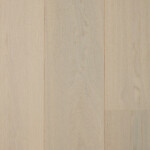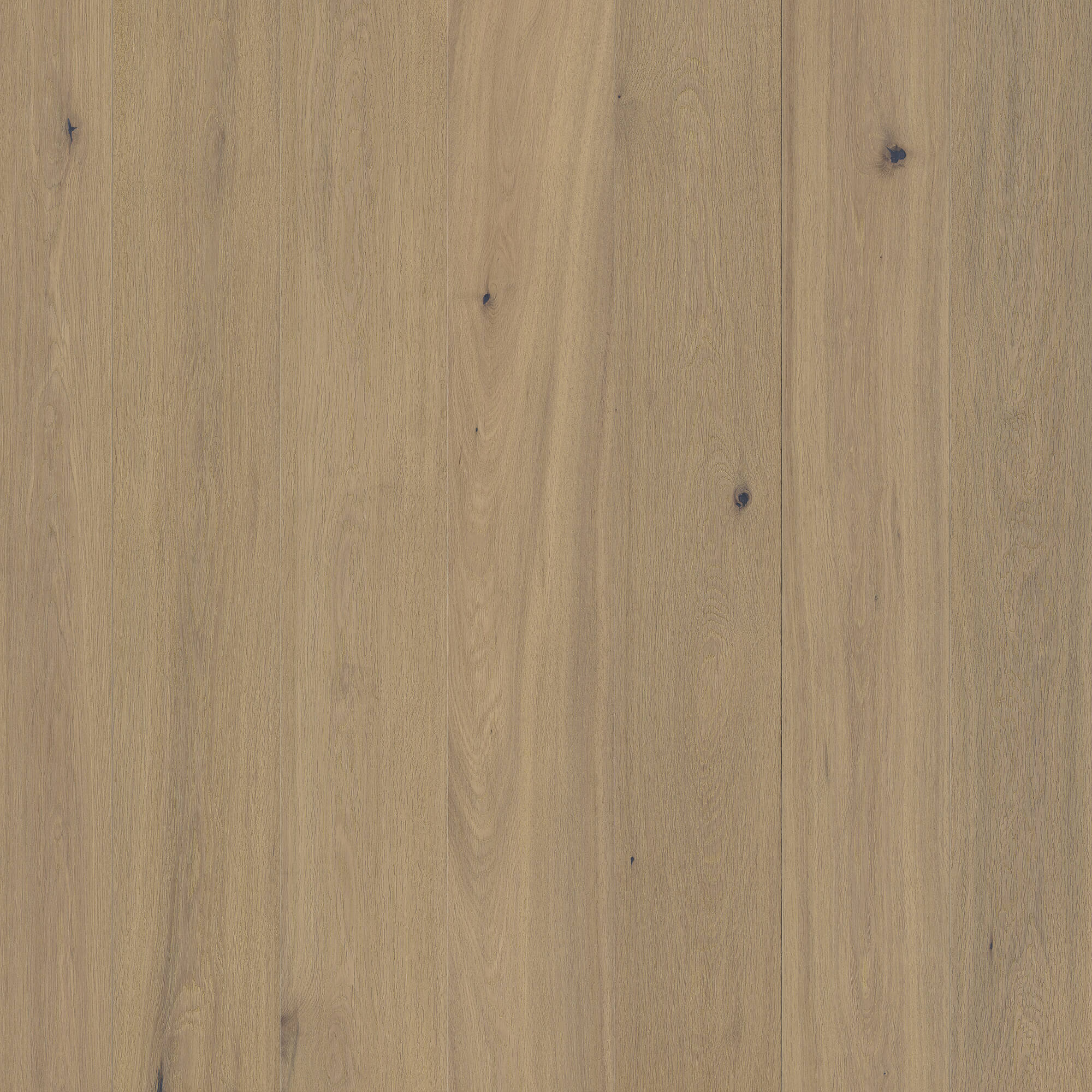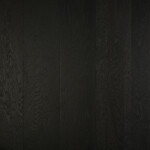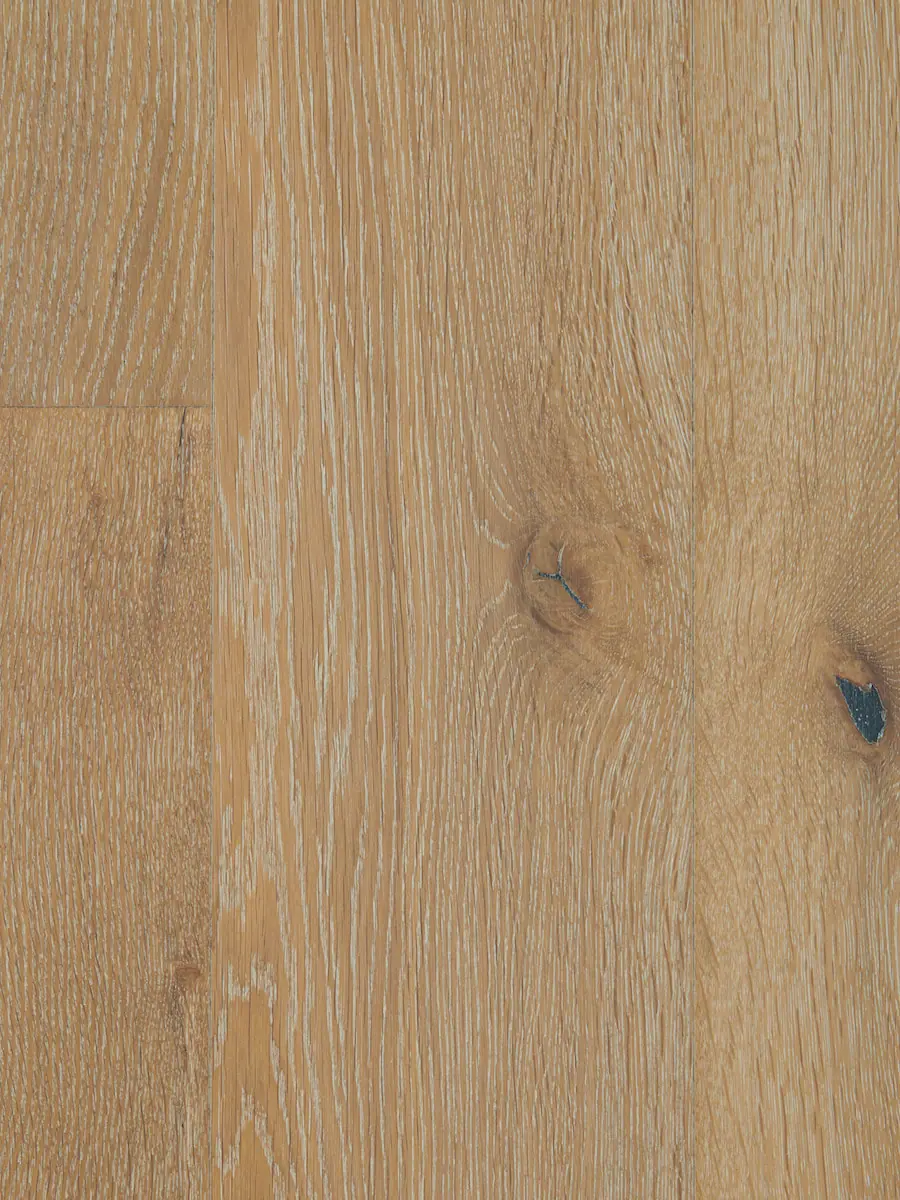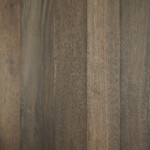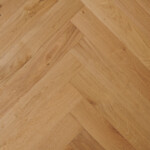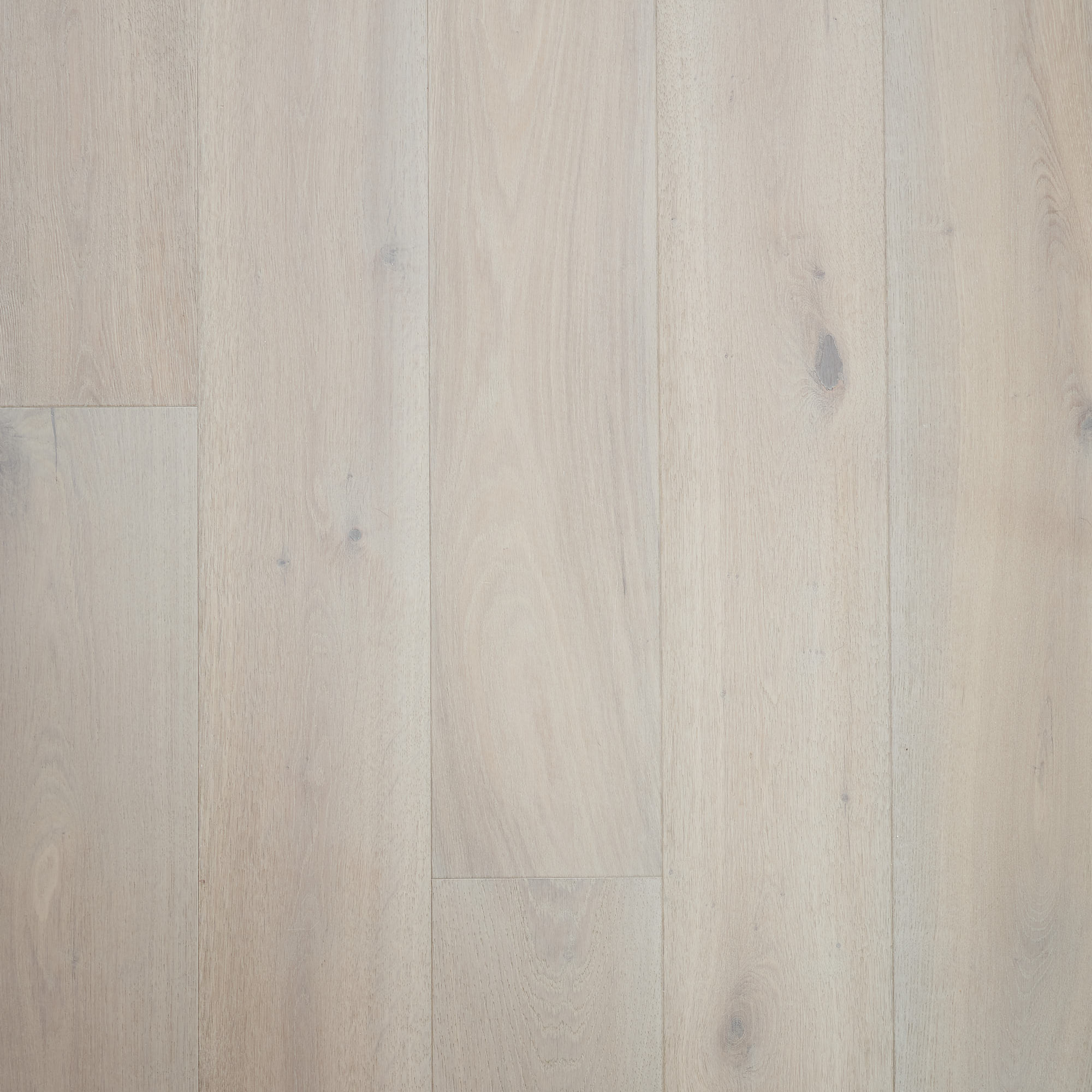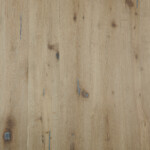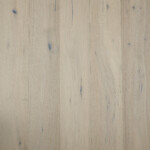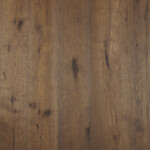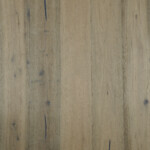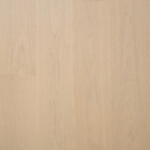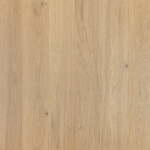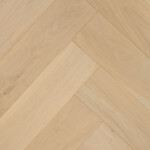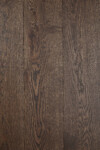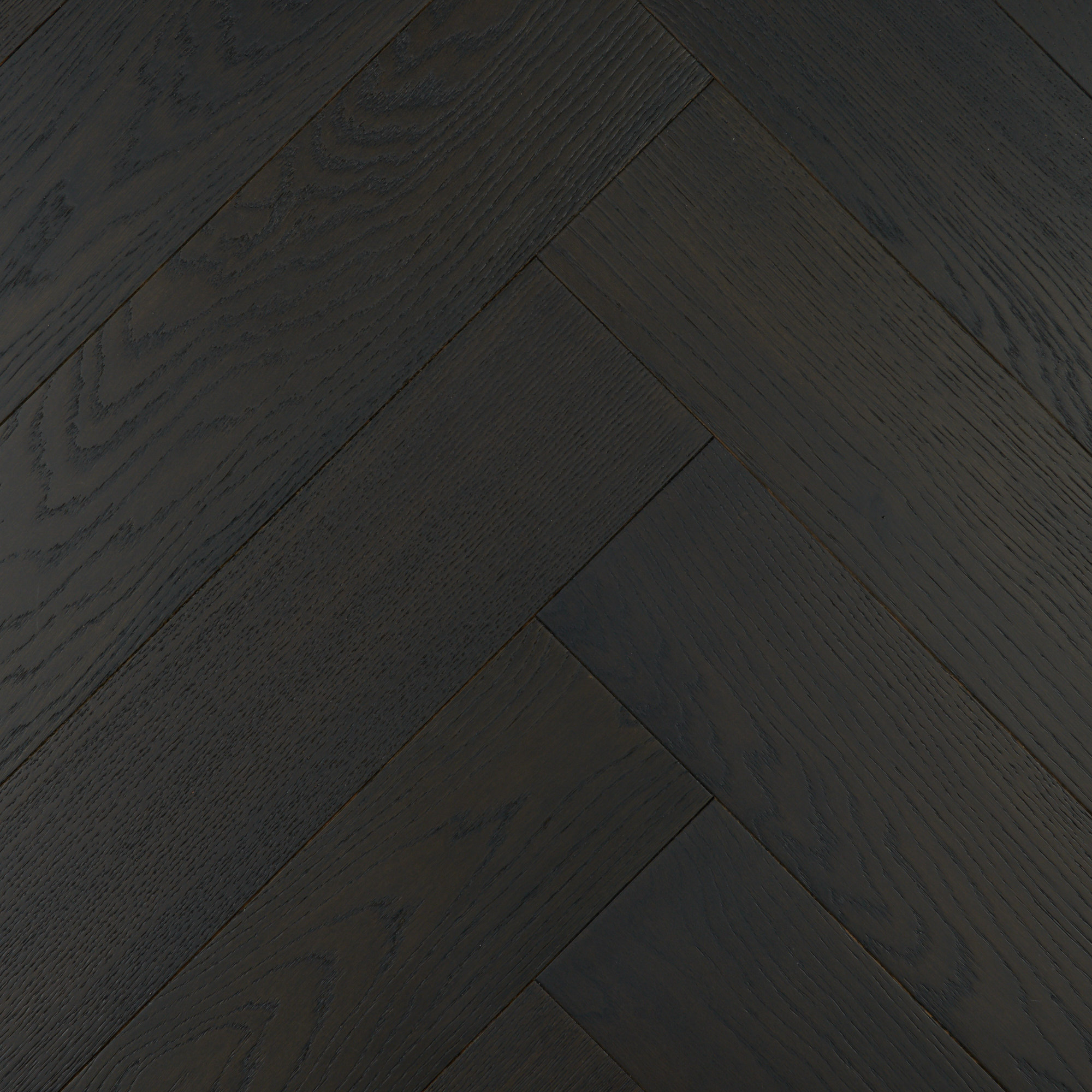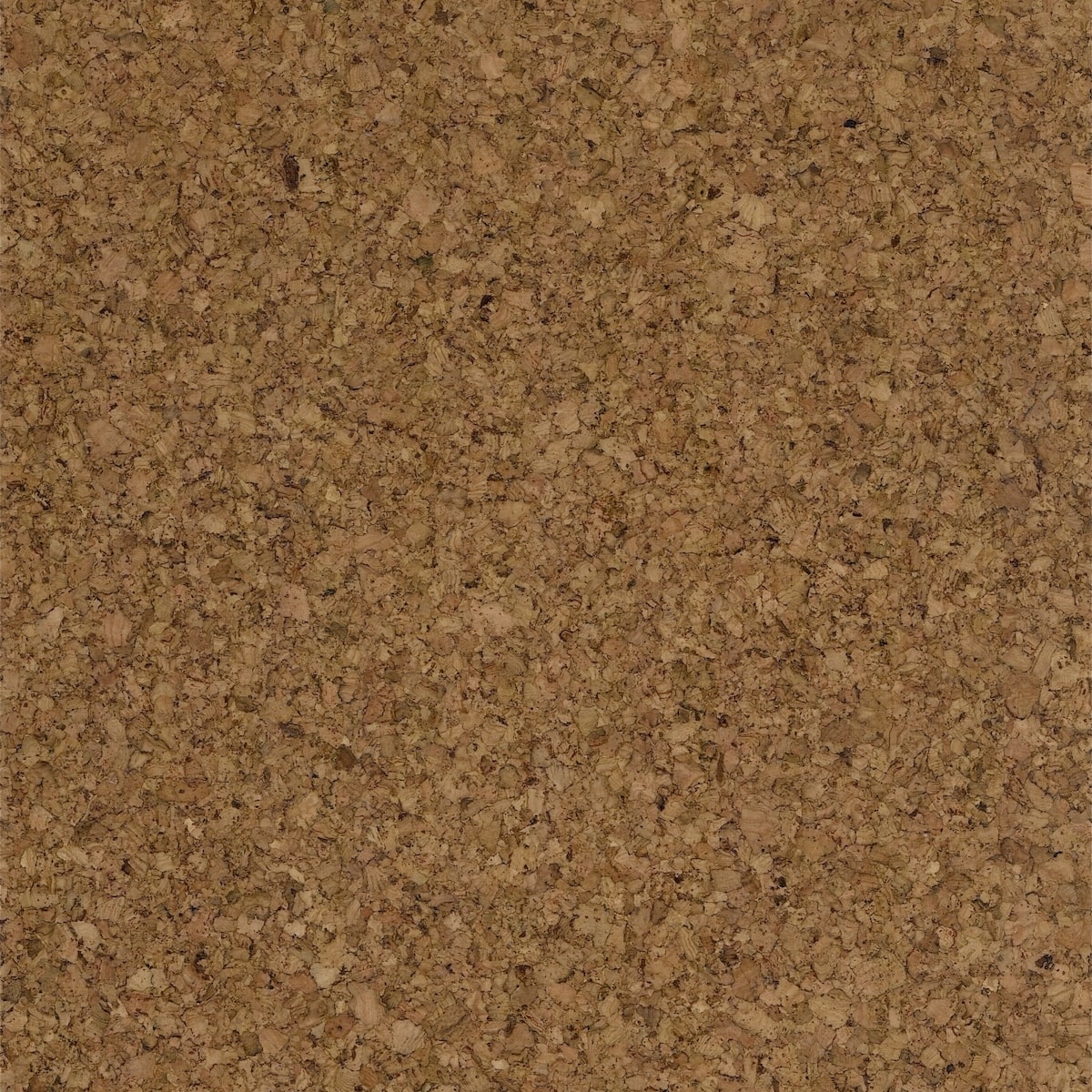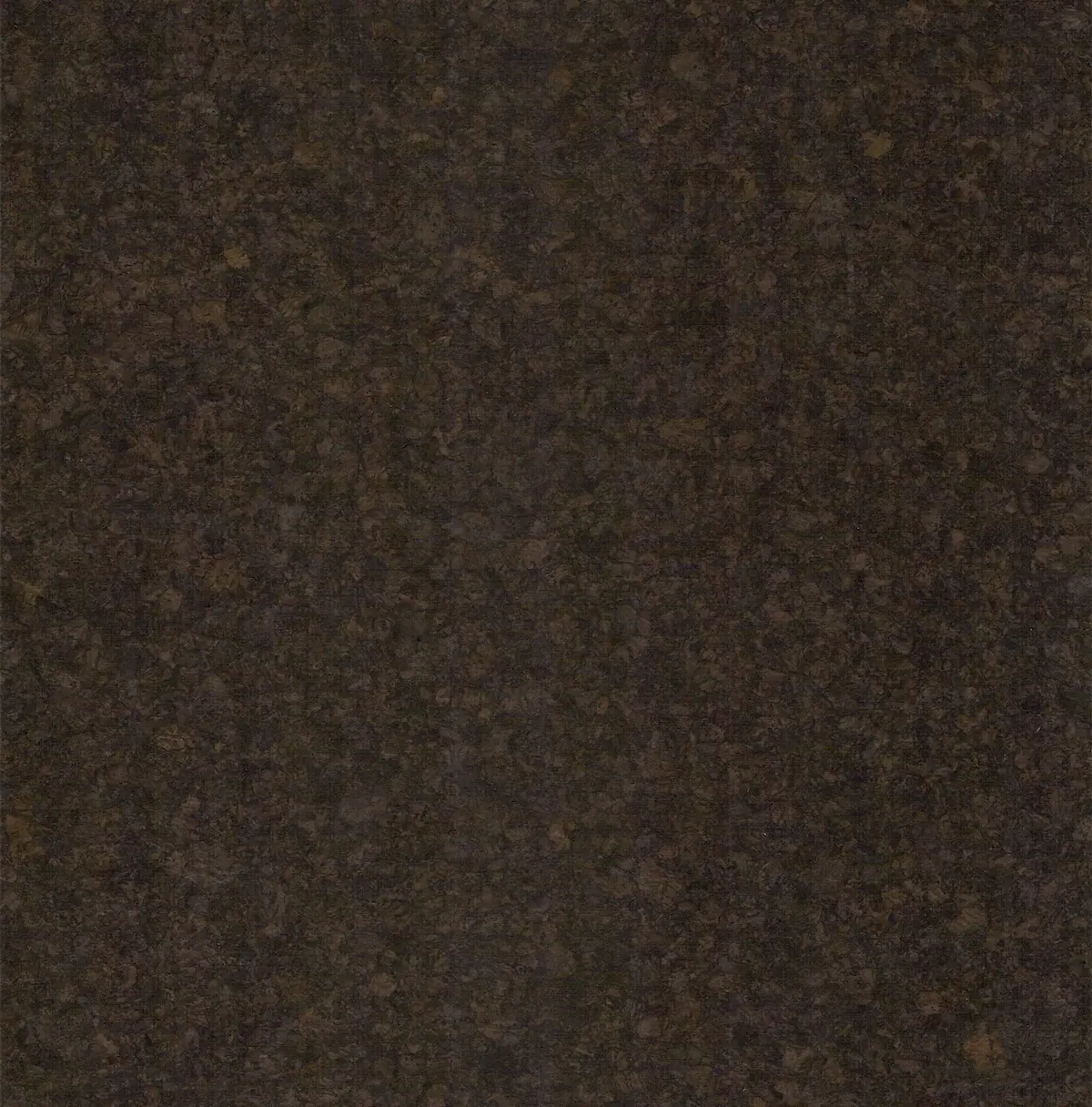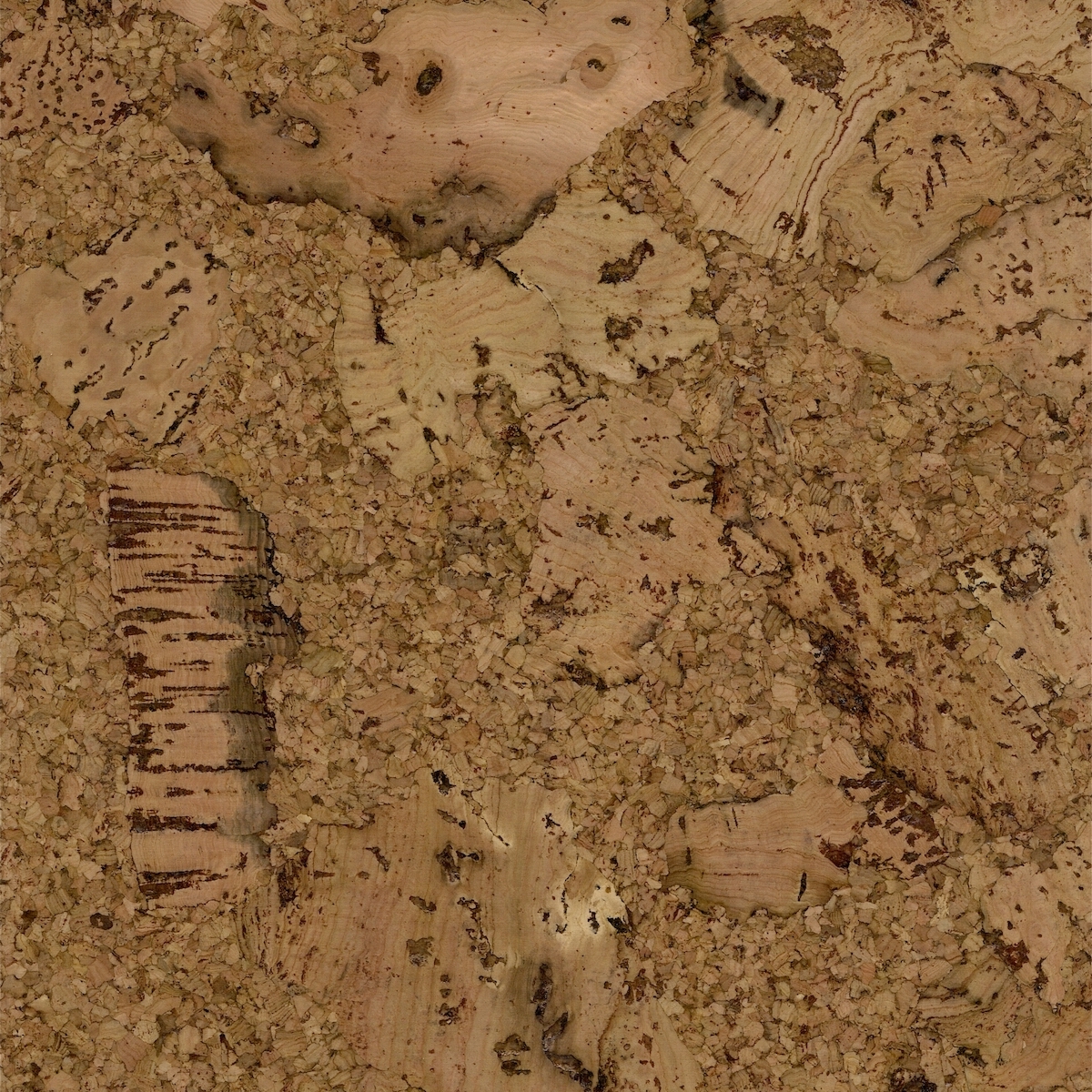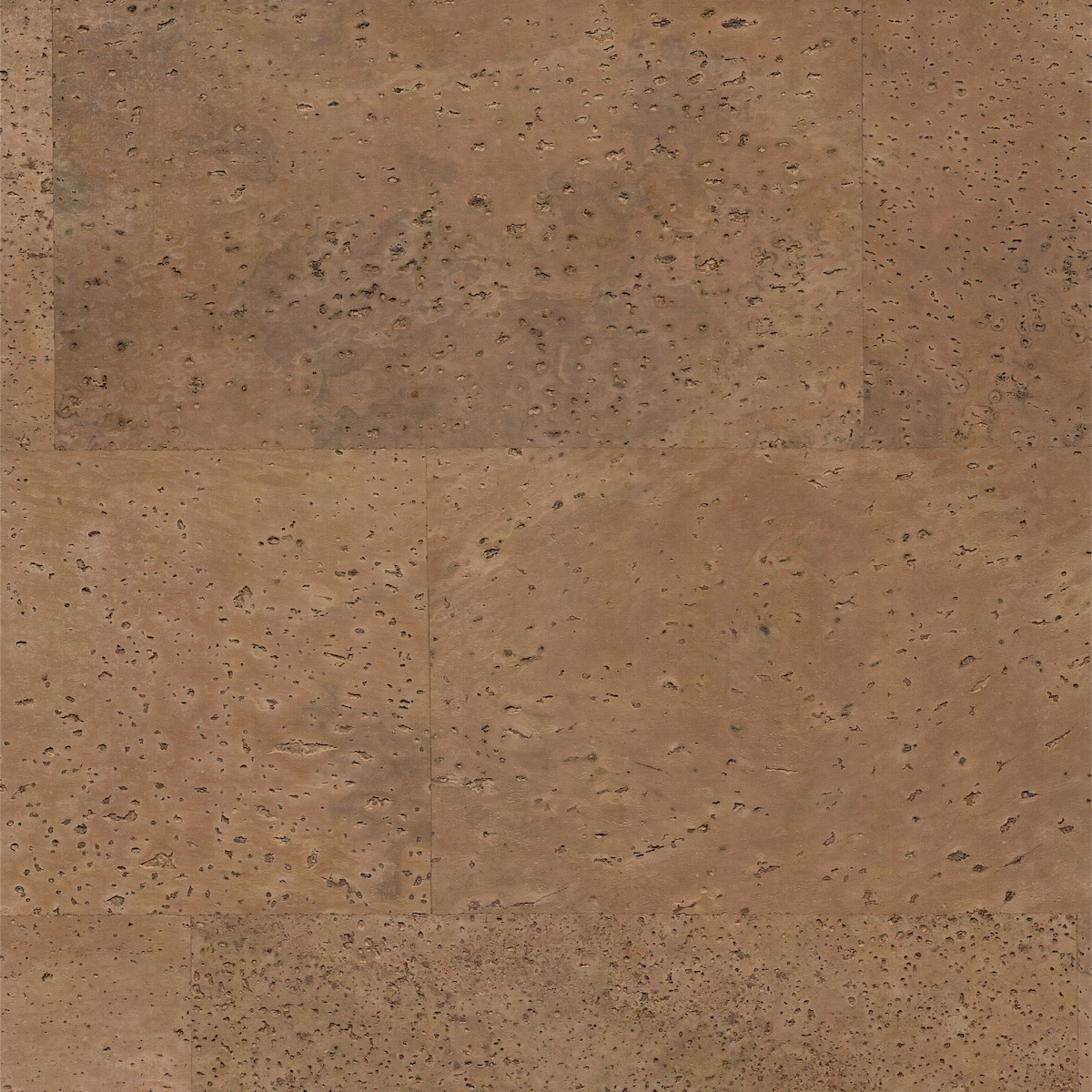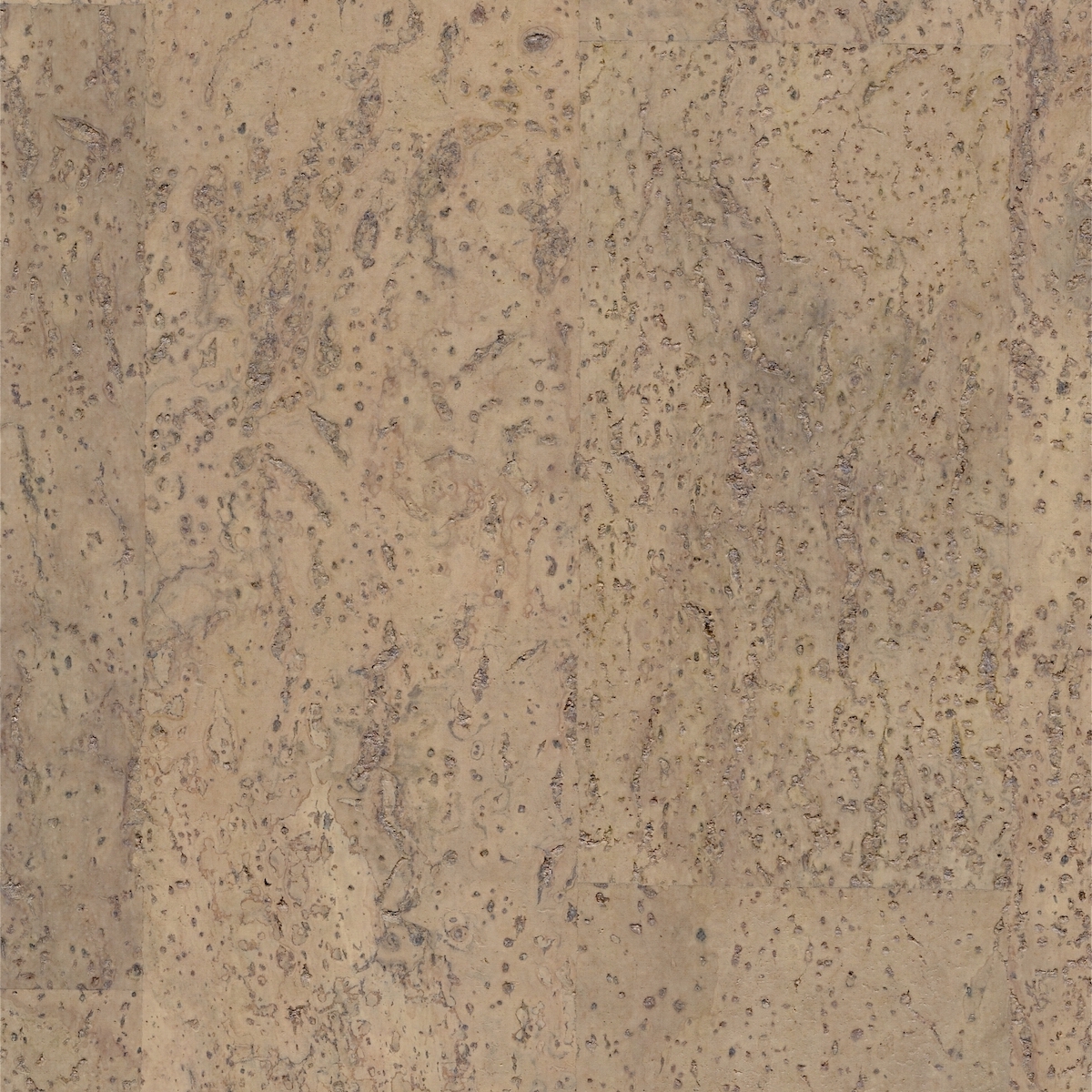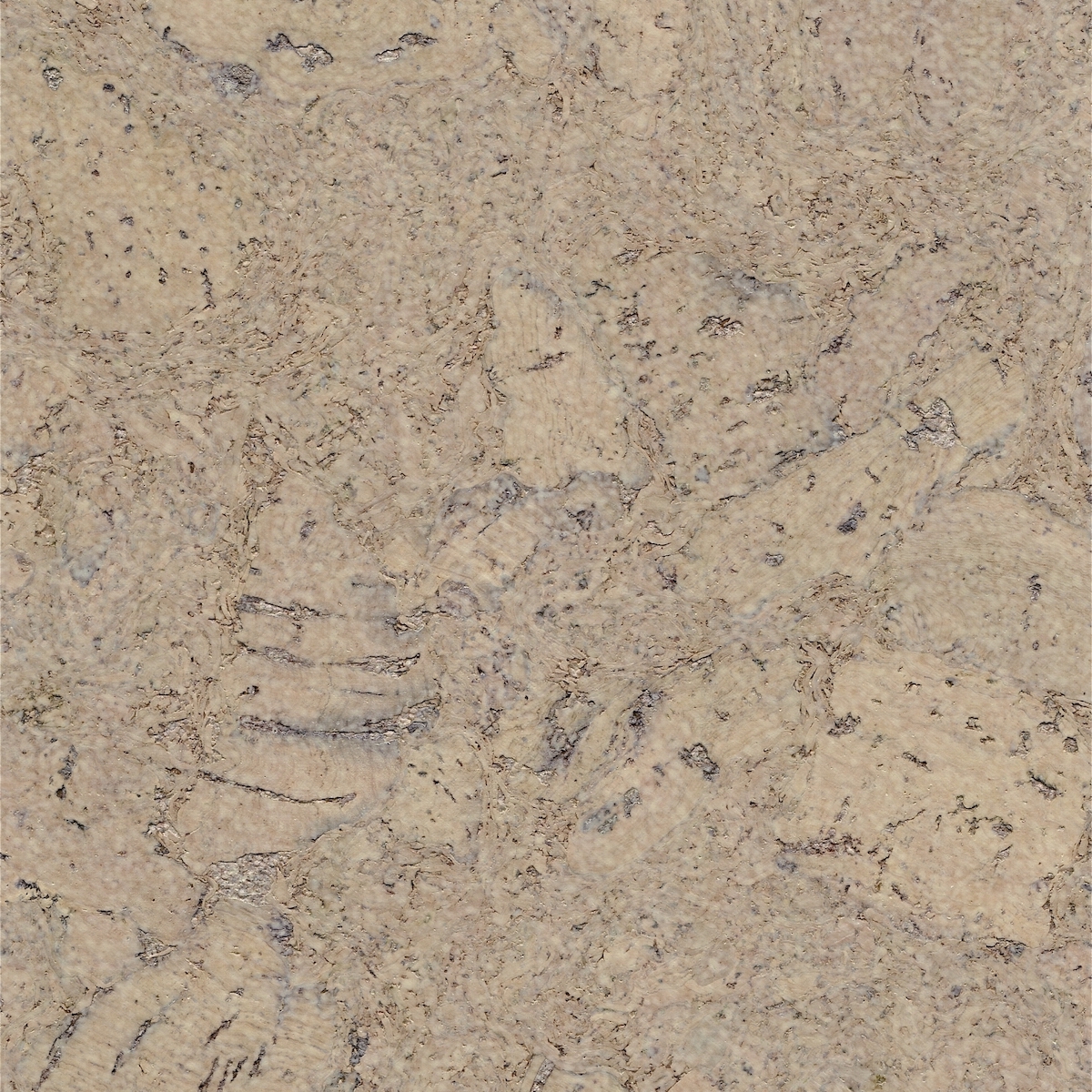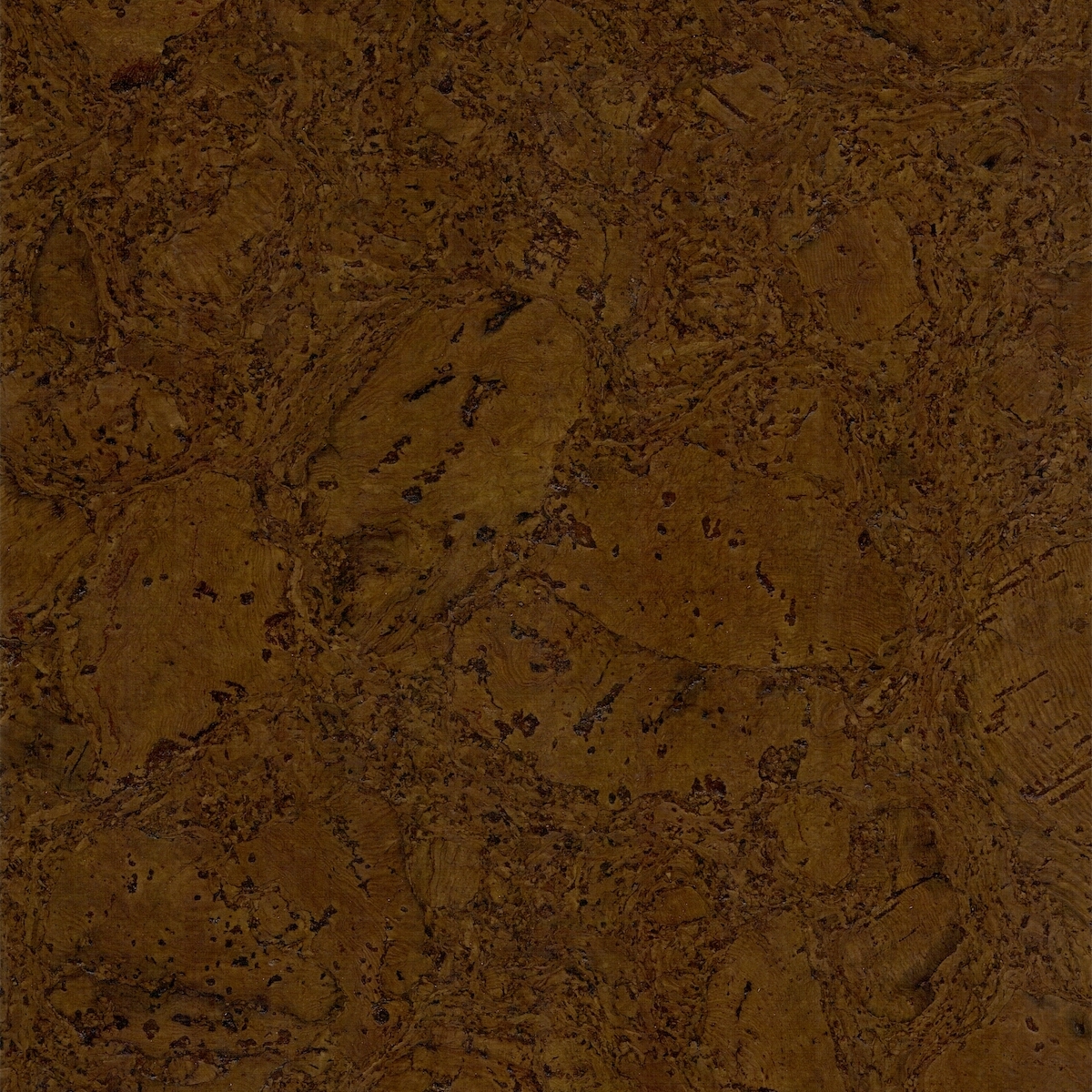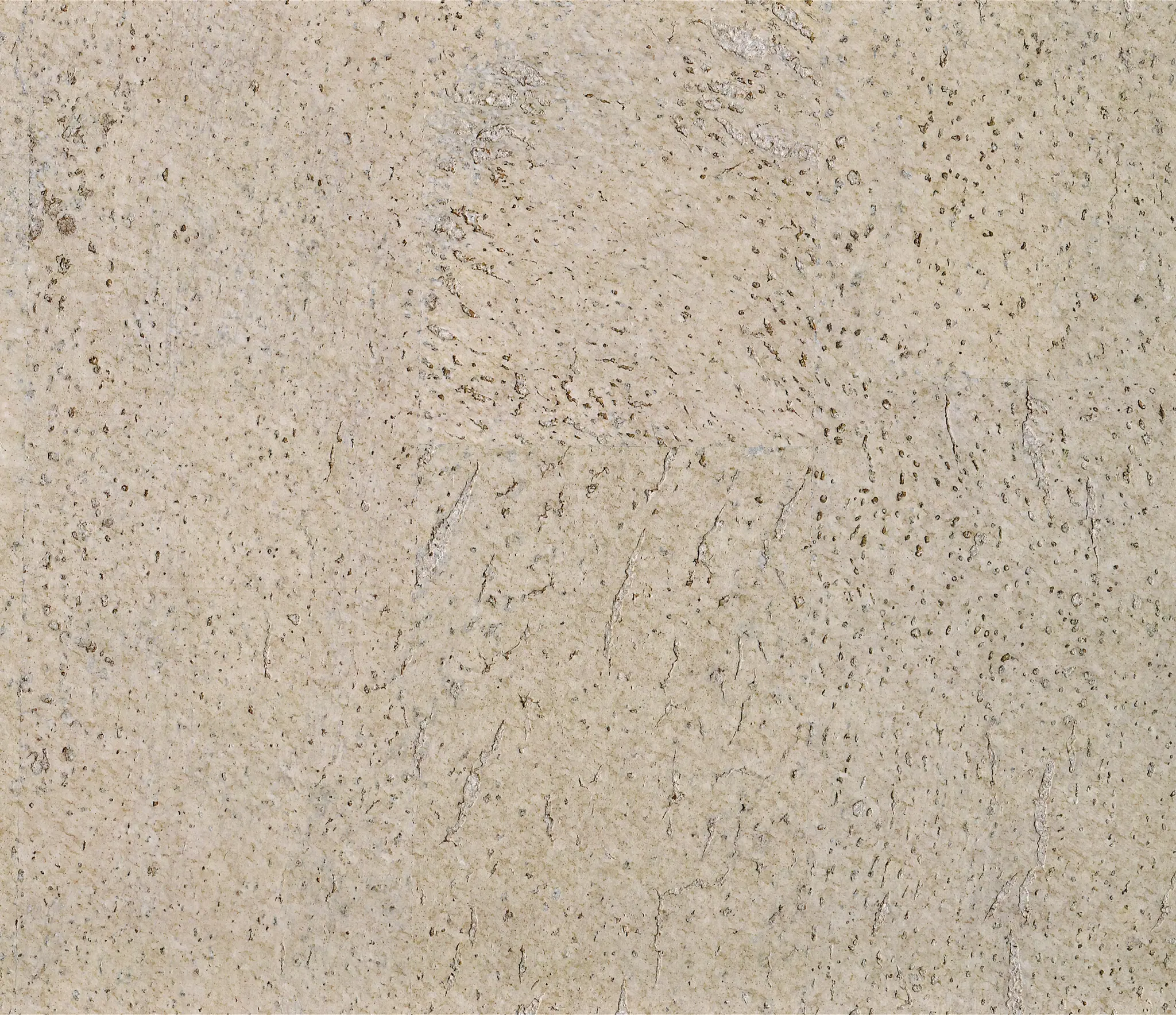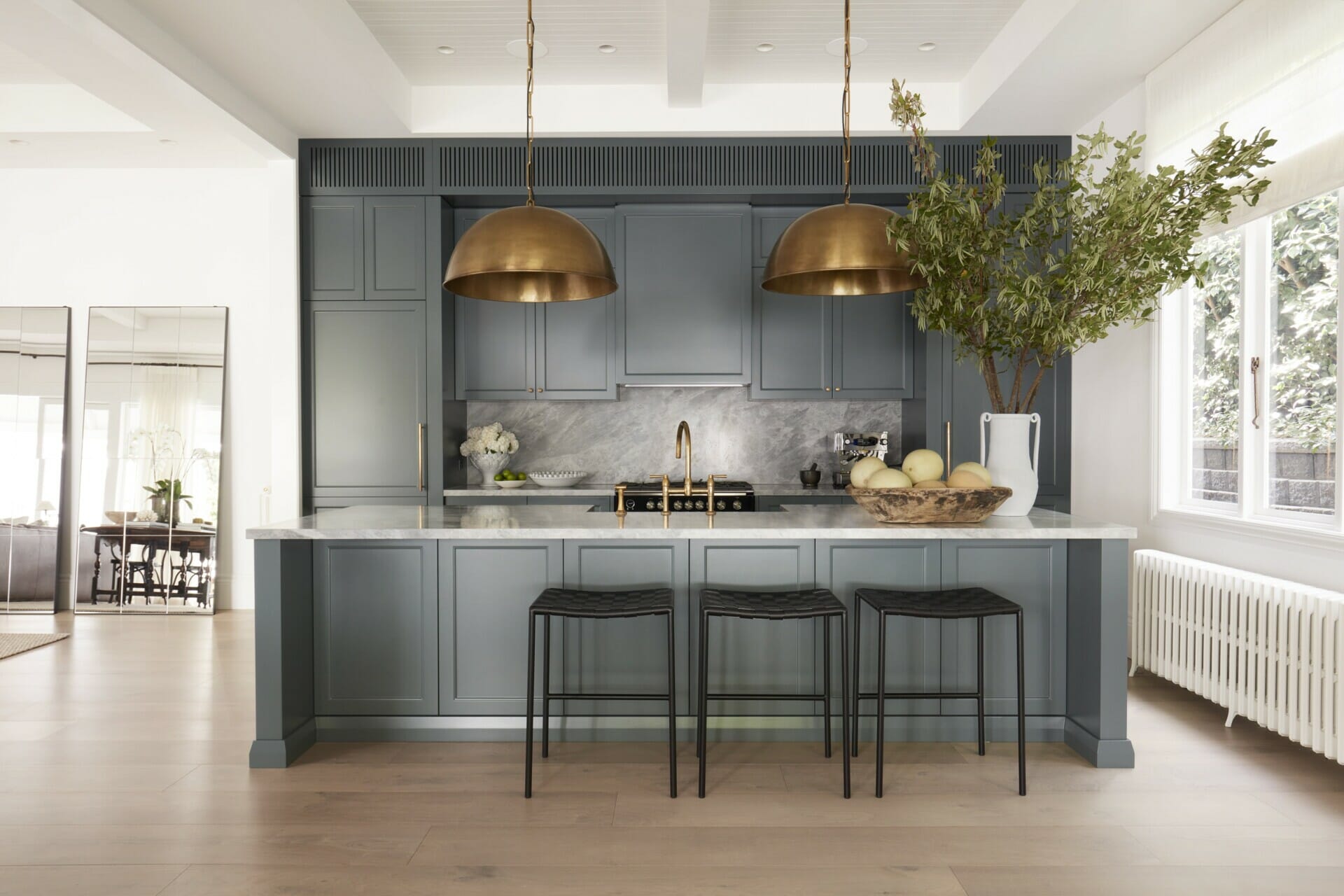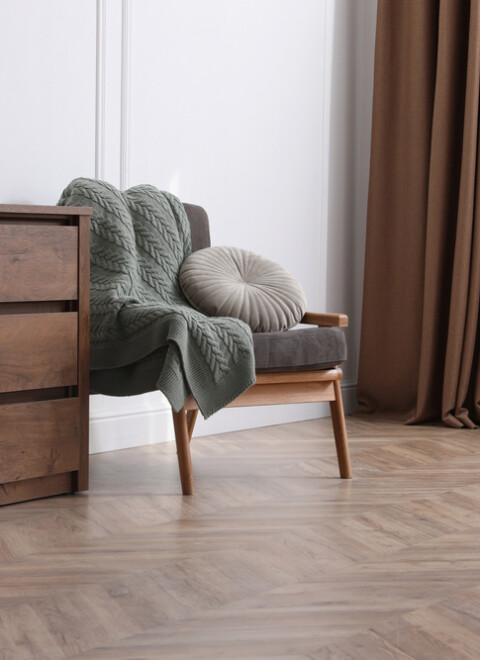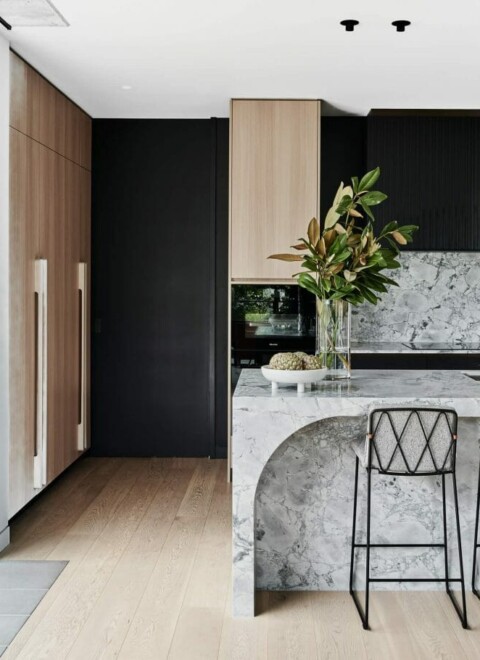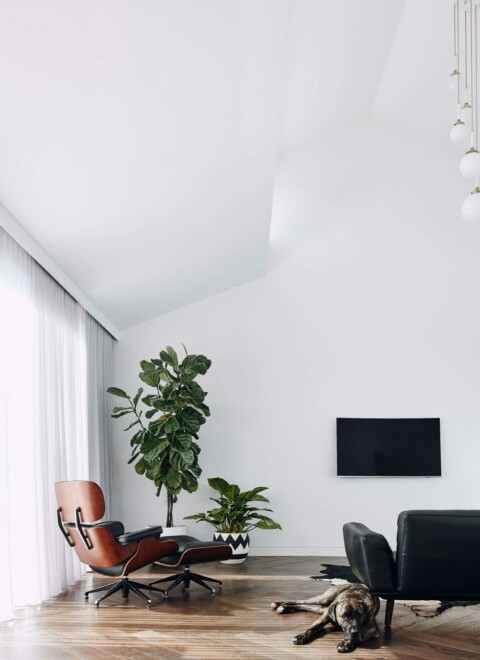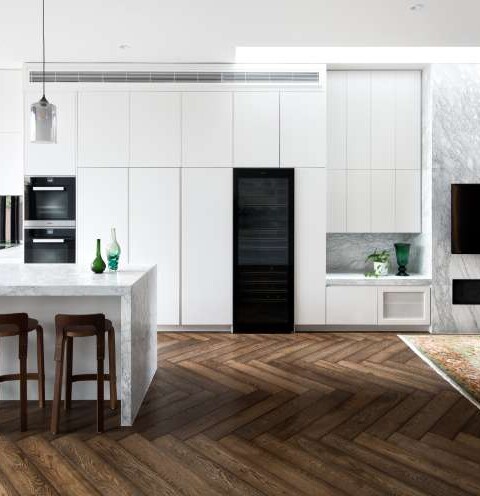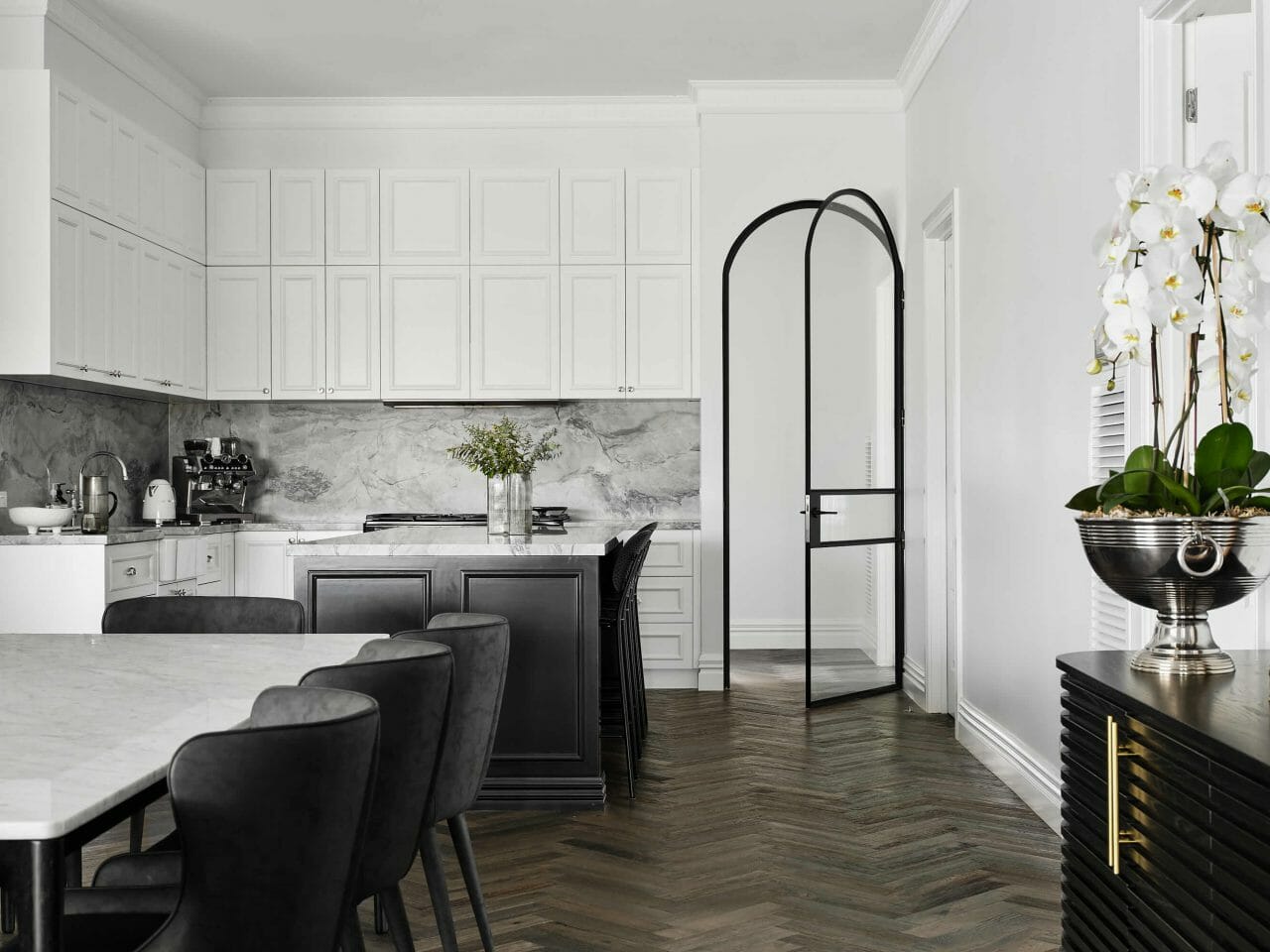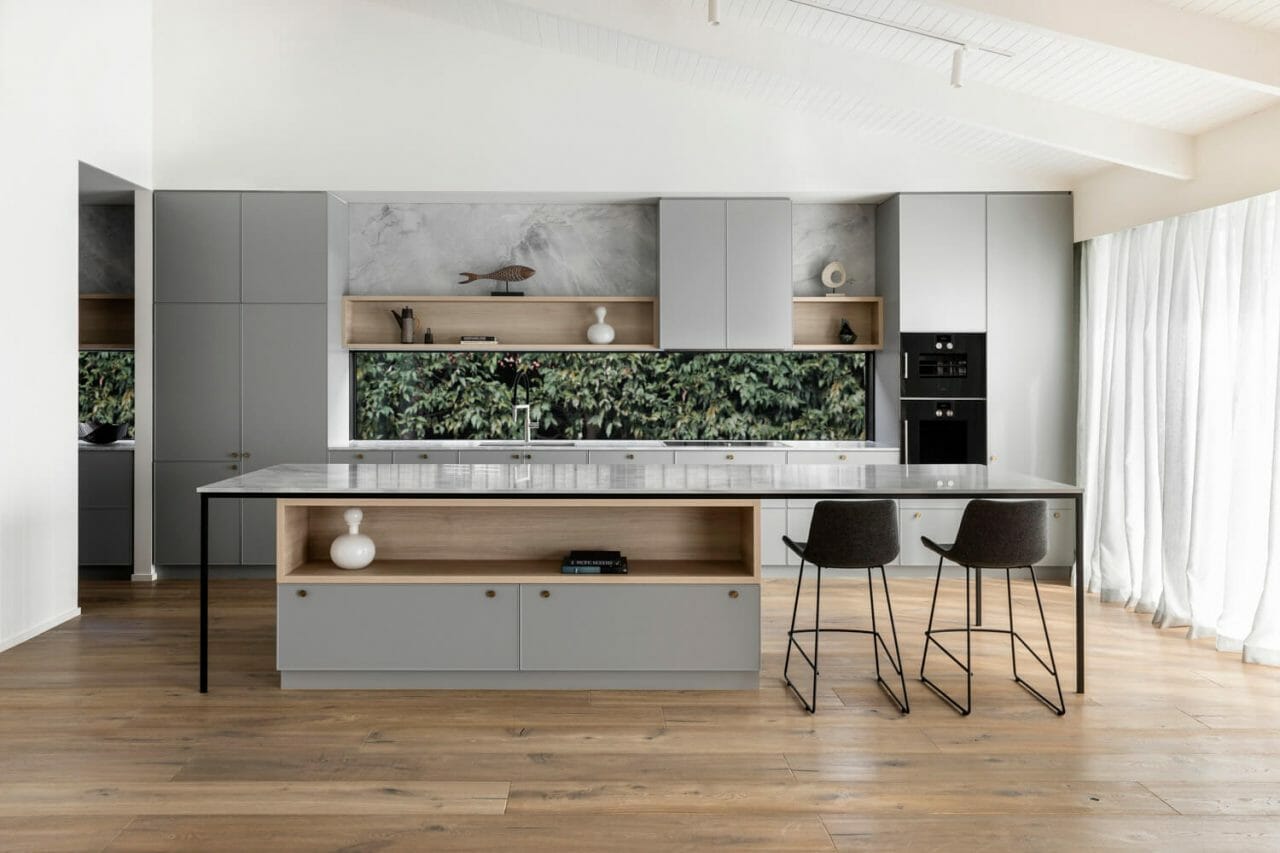Enhancing the grain: oil finishes
If you’re a fan of that rustic, natural look for your timber flooring, then you’ll love the way oil finishes enhance the beauty of the wood grain. These finishes bring out the richness and depth of the timber, giving it a warm and inviting feel that’s hard to resist. But, as with most things in life, there’s a catch: oiled wood floors require a bit more maintenance than other finishes. They can be prone to staining and water damage, which means you’ll need to stay on top of cleaning and upkeep to keep your floors looking their best (we’ve got you covered there). Keep in mind that there are other surface protection measures you can take to protect your wooden floors, too.
On the plus side, oil finishes are generally considered more eco-friendly than their lacquer counterparts, as they don’t contain as many harsh chemicals. So, if you’re after a natural look and a sustainable finish, an oiled finish could be the way to go.
Oil finishes: the good
- Enhance the natural beauty of timber
- Provides a natural finish and rustic look
- More environmentally friendly
Oil finishes: the not-quite-as-good
- Requires regular maintenance
- Vulnerable to staining and water damage
Bring on the shine: lacquer finishes
Lacquered wood floors can withstand almost anything. With their hard protective layer, they’re built to resist staining and water damage, making them a top choice for those who want a long-lasting finish that won’t let them down. That being said, some may be turned off by the fact that lacquer finishes can contain more harmful chemicals than oil finishes – although, at Kustom Timber, that’s not something you have to be worried about, as all of our timber selections are VOC-free.
READ MORE about VOC-free timber.
It’s also worth noting that floor lacquers don’t do as good a job at bringing out the natural beauty of the timber like oil finishes do, which might be something to consider if you’re looking for a more organic look.
Lacquer finishes: the good
- Provides durable protection
- Low maintenance
- Resistant to staining and water damage
Lacquer finishes: the not-quite-as-good
- Can be less environmentally friendly
- Does not enhance the natural grain of the timber as much as oil finishes
Factor this in…
If you’re still on the oil vs lacquer finish fence, it’s a good idea to take a few other things into consideration.
How are you going to use your wood floors?
Or rather, what is life in your house going to look like? Do you live alone, with not too many visitors? Do you have a lot of high-traffic areas? Do you have kids or pets that will likely be a bit messy?
You should always take the location and usage of your wood floors into consideration when making the oil vs lacquer finish decision. For high-traffic areas such as hallways and entryways, a more durable finish may be necessary, and that’s where lacquered floors come in. For the lesser-used spaces, you might opt for oiled floors instead. And in areas with high humidity or moisture, such as bathrooms or kitchens, a water-resistant finish may be the best option.
Keep in mind though, there are no rules – the longevity of your wood floors will rely on whether you maintain and care for them effectively. And if you have your heart set on oiled floors in a high-traffic area, for example, that can totally work – just make sure you’re taking care of them.
2. What look are you going for?
What is your interior design vision? Sometimes the ultimate choice comes down to how you want your space to look. Do you prefer a glossy or matte finish? Do you want to highlight the natural grain of the timber, or would you prefer a more uniform look? These are important questions to consider before making a decision.
You might also want to consider how your choice of wood flooring will look with your furniture and decor, or the furniture and decor you will be getting once the room is ready.
Read here to explore some of the top interior design styles right now!
3. Timber types can be telling
The type of timber you choose will also impact the type of finish you should select. Different types of timber have different characteristics and will react differently to different finishes. Some types are more porous and absorbent, which can affect the way the finish looks and how well it protects the timber. Other types of timber may have a more open grain, which can affect how well the finish penetrates the wood surface.
Oil finishes may work better with certain types of timber that are more open grain, as the oil can penetrate deeper into the surface of the timber and enhance its natural beauty. On the other hand, lacquer finishes may be better suited to timber that is more porous and absorbent, as the hard protective layer provided by the lacquer can help prevent water damage and staining.
It’s always best to check with the professionals (that’s us!) to make sure you’re choosing the best finish for you.
4. Shiny? Matte? Glossy?
The finish you choose for your wood flooring doesn’t just impact the look, but also the feel. Finishes that are glossy, matte, or satin are all unique in their own ways.
Gloss finishes offer a high-shine, reflective surface, which creates a modern and sleek look. They’re also great for highlighting the natural beauty and colour of the timber. It may be best to avoid a gloss finish if you have pets, though, as glossy finishes show scratches and marks more than other finishes
Matte finishes offer a more natural, organic look, because they don’t reflect much light. They’re the ideal choice for creating a rustic or vintage feel, and can also help hide any imperfections in the timber. They can show wear and tear, though, so may not be the prime choice for high traffic areas – although with proper care and the use of rugs, matte finishes can definitely stand the test of time.
Satin finishes are the happy middle ground. With a soft, smooth sheen, satin finishes create a subtle, elegant look. Satin finishes are also more forgiving when it comes to scratches, making them a great choice for busy areas. They also have a lot of versatility and can work well in both modern and traditional spaces.
The choice is yours
The beauty of engineered timber flooring (apart from it’s, you know, beauty) is that it can be sanded and refinished – often several times, depending on the thickness of your chosen plank. Which means that if you get a few years down the track and want to mix it up, that’s always an option! (And we can help you out with floor sanding and polishing, too).
Ultimately for the oil vs lacquer finish debate, whether you choose the natural beauty option of oil, or the durable and low-maintenance option of lacquer, you can rest assured that you have made a decision that is right for you and your space.
Need some help with the decision-making? That’s what we’re here for. Visit us at one of our showrooms or contact us online and we can talk you through your options for your engineered European oak flooring.
